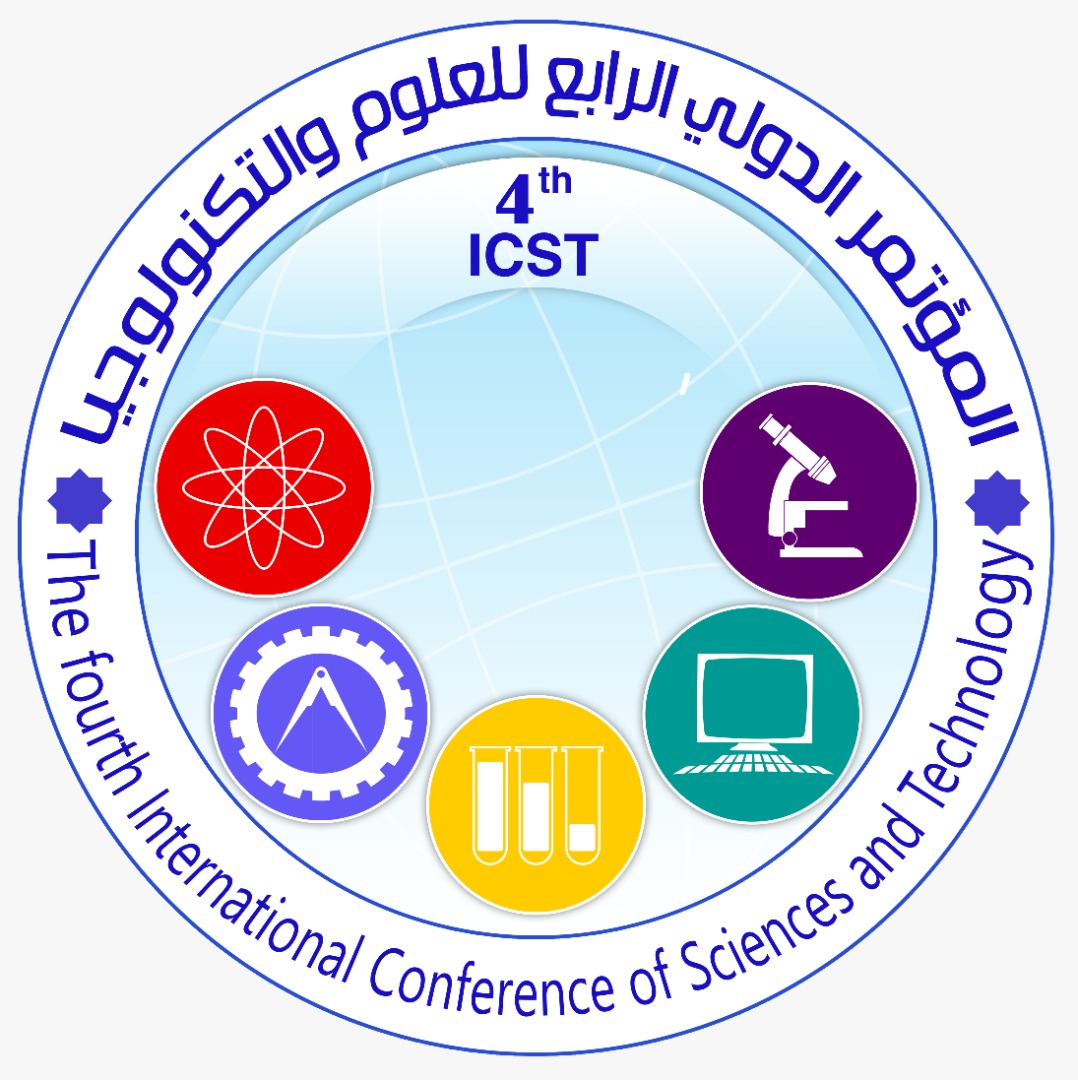The extent to which responsibility accounting can be applied in higher education institutions
Abstract
The study aimed to identify the possibility of applying responsibility accounting in higher education institutions represented in higher education institutions, which it was possible to communicate with them at the time of conducting the study, by identifying the availability of the elements of responsibility accounting represented in the ingredients that support the application of this system, which are the organizational structure, and the accounting system And a system of budgets, a system of reports and a system of incentives, where the descriptive analytical approach was used, and a set of statistical methods were used. Among the results, including the existence of elements for the application of responsibility accounting in higher education institutions, represented in the presence of an organizational structure, a system of reports and planning budgets, an accounting system and an incentive system. Responsibility, and through analysis, despite the presence of the majority of the ingredients in educational institutions However, the results of the analysis showed that they are close to the acceptance criteria, and accordingly the study recommended giving authorization and powers to take decisions in each of the responsibility centers, and that incentives, rewards, and salaries of faculty members and employees be given on time, and relying on the use of the planning budgets system as one of the important methods for evaluating Practical performance with the need for the participation of all responsibility centers to prepare these budgets and prepare reports in all responsibility centers and the participation of everyone in preparing them.
Full text article
Authors
Copyright (c) 2021 Journal of Pure & Applied Sciences

This work is licensed under a Creative Commons Attribution 4.0 International License.
In a brief statement, the rights relate to the publication and distribution of research published in the journal of the University of Sebha where authors who have published their articles in the journal of the university of Sebha should how they can use or distribute their articles. They reserve all their rights to the published works, such as (but not limited to) the following rights:
- Copyright and other property rights related to the article, such as patent rights.
- Research published in the journal of the University of Sebha and used in its future works, including lectures and books, the right to reproduce articles for their own purposes, and the right to self-archive their articles.
- The right to enter a separate article, or for a non-exclusive distribution of their article with an acknowledgment of its initial publication in the journal of Sebha University.
Privacy Statement The names and e-mail addresses entered on the Sabha University Journal site will be used for the aforementioned purposes only and for which they were used.





